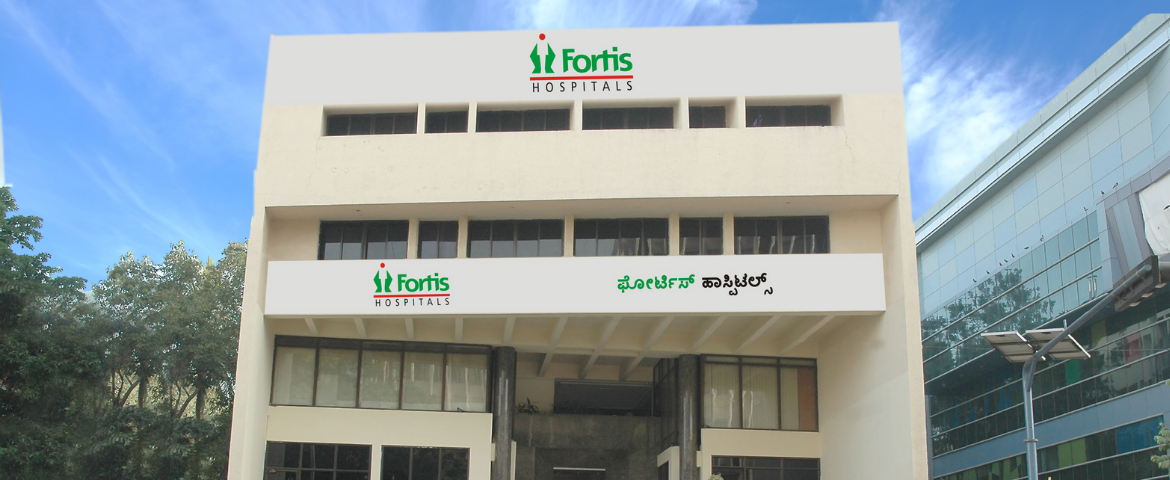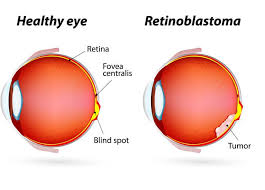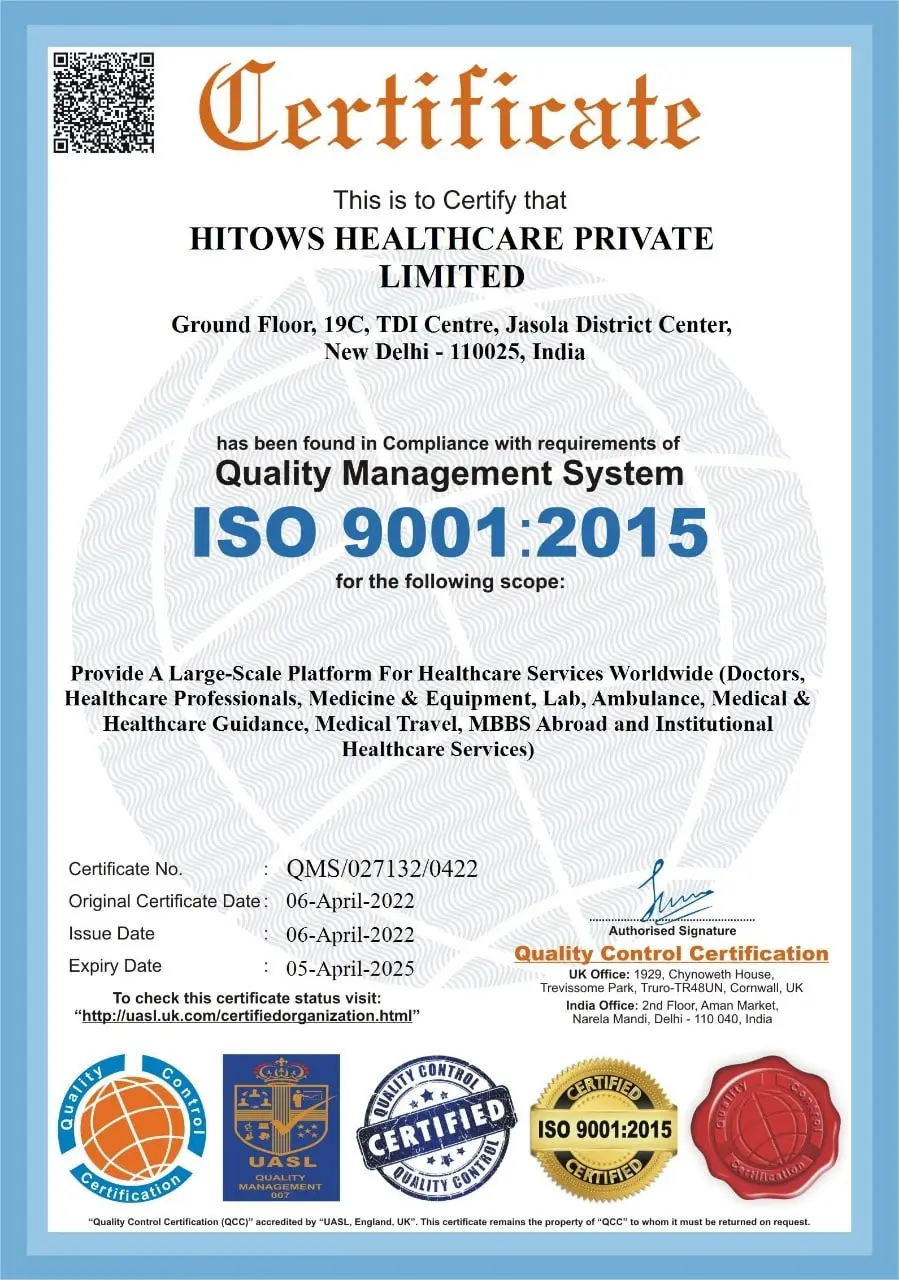Retinoblastoma (RB) Treatment cost in India
The cost of Retinoblastoma (RB) Treatment in
India ranges from USD 4600 to USD 10000
Retinoblastoma (RB) Treatment:
Chemotherapy, cold therapy, and laser therapy are common therapies for retinoblastoma. Another choice would be radiation therapy. Retinoblastoma can be treated with eye surgery, however this is a limited use case.
The optimum course of action for your child's retinoblastoma will depend on a number of variables. These variables include the cancer's location and size as well as if it has progressed outside of the eye. Your child's general health and your personal preferences are also taken into account by your healthcare staff.
1. Chemotherapy: Chemotherapy uses powerful medications to treat cancer. It's frequently used as retinoblastoma's initial treatment. Chemotherapy may not be enough to eradicate all cancer cells; additional treatments may be required.
2. Cold therapy: Also referred to as cryotherapy, cold therapy causes cancer cells to rupture by applying intense cold. It is usually used to eradicate any remaining cancer cells following chemotherapy. Treatment with cryotherapy may be the only option for very tiny retinoblastomas.
3. Laser therapy: In laser therapy, cancer cells are heated and damaged by a laser light. Transpupillary thermotherapy is the medical name used to describe this process. It is usually used to eradicate any remaining cancer cells following chemotherapy.
4. Radiation treatment
5. Surgery to remove the eye: This option is available if all other therapies have failed or if the retinoblastoma is too large to be treated with other means. In certain cases, removing the eye could help stop the cancer from spreading to other body areas.
Procedure Description:
Retinoblastoma (RB) Treatment:
Chemotherapy, cold therapy, and laser therapy are common therapies for retinoblastoma. Another choice would be radiation therapy. Retinoblastoma can be treated with eye surgery, however this is a limited use case.
The optimum course of action for your child's retinoblastoma will depend on a number of variables. These variables include the cancer's location and size as well as if it has progressed outside of the eye. Your child's general health and your personal preferences are also taken into account by your healthcare staff.
1. Chemotherapy Chemotherapy uses powerful medications to treat cancer. It's frequently used as retinoblastoma's initial treatment. Chemotherapy may not be enough to eradicate all cancer cells; additional treatments may be required.
2. Cold therapy: Also referred to as cryotherapy, cold therapy causes cancer cells to rupture by applying intense cold. It is usually used to eradicate any remaining cancer cells following chemotherapy. Treatment with cryotherapy may be the only option for very tiny retinoblastomas.
3. Laser therapy: In laser therapy, cancer cells are heated and damaged by a laser light. Transpupillary thermotherapy is the medical name used to describe this process. It is usually used to eradicate any remaining cancer cells following chemotherapy.
4. Radiation treatment
5. Surgery to remove the eye: This option is available if all other therapies have failed or if the retinoblastoma is too large to be treated with other means. In certain cases, removing the eye could help stop the cancer from spreading to other body areas.
Disease Signs and Symptoms:
Signs and symptoms of retinalblastoma comprise:
1. When light is shone into the eye, the central circle appears white. It could appear in flash pictures.
2- Eye redness.
3- Eye swelling.
4. Eyes that appear to be aimed in various directions.
5. Loss of vision.
Disease Causes:
The changes that occur inside the eye's cells are the cause of retinalblastoma. The exact etiology of the alterations leading to this eye cancer is not usually known. The cancer cells in the retina may accumulate and develop into a mass known as a tumor. The tumor has the potential to spread and engulf healthy bodily tissue. Cancer cells have the ability to split out and travel to other areas of the body over time. Metastatic cancer is the term for cancer that spreads. Retinoblastoma seldom spreads, particularly when detected early.
Retinoblastoma risk factors include:
1. Youth. Very young children are most commonly affected by retinalblastoma. Usually, by age 2, a diagnosis is made. Retinoblastoma developing later in life is quite uncommon.
2. Genetic alterations that are inherited. Parents can pass on DNA variants that raise the risk of retinoblastoma to their offspring. Retinoblastoma typically develops in children with these hereditary DNA abnormalities earlier in life. Additionally, they frequently have retinoblastoma in both eyes.
Disease Diagnosis:
An eye exam is often the first step in the diagnosis of retinalblastoma. Imaging studies can assist in determining the cancer's size.
1. Eye exam: During an eye exam, a medical practitioner closely inspects your child's eyes. This may entail evaluating your child's vision and seeing into the eye using a special light. It might be difficult for extremely young toddlers to remain motionless during an extensive eye examination.
2. Imaging tests: These procedures create images of the internal organs. Imaging examinations are performed to examine the eye and surrounding tissues in cases of retinoblastoma. The cancer's size and if it has spread outside of the eye may be seen in the pictures. MRIs and ultrasounds are two examples of imaging exams.
3. Genetic testing: To search for differences in DNA, a sample of blood or saliva is used in genetic testing. The RB1 gene is a section of DNA that is tested for mutations in cases of retinoblastoma.
Disease Treatment:
Chemotherapy, cold therapy, and laser therapy are common therapies for retinoblastoma. Another choice would be radiation therapy. Retinoblastoma can be treated with eye surgery, however this is a limited use case.
The optimum course of action for your child's retinoblastoma will depend on a number of variables. These variables include the cancer's location and size as well as if it has progressed outside of the eye. Your child's general health and your personal preferences are also taken into account by your healthcare staff.
1. Chemotherapy Chemotherapy uses powerful medications to treat cancer. It's frequently used as retinoblastoma's initial treatment. Chemotherapy may not be enough to eradicate all cancer cells; additional treatments may be required.
2. Cold therapy: Also referred to as cryotherapy, cold therapy causes cancer cells to rupture by applying intense cold. It is usually used to eradicate any remaining cancer cells following chemotherapy. Treatment with cryotherapy may be the only option for very tiny retinoblastomas.
3. Laser therapy: In laser therapy, cancer cells are heated and damaged by a laser light. Transpupillary thermotherapy is the medical name used to describe this process. It is usually used to eradicate any remaining cancer cells following chemotherapy.
4. Radiation treatment
5. Surgery to remove the eye: This option is available if all other therapies have failed or if the retinoblastoma is too large to be treated with other means. In certain cases, removing the eye could help stop the cancer from spreading to other body areas.
Country wise cost comparison for Retinoblastoma (RB) Treatment:
| Country | Cost |
|---|---|
| India | $5310 |
| Thailand | $17847 |
Treatment and Cost
25
Total Days
In Country
- 5 Day in Hospital
- 2 No. Travelers
- 20 Days Outside Hospital
Treatment cost starts from




